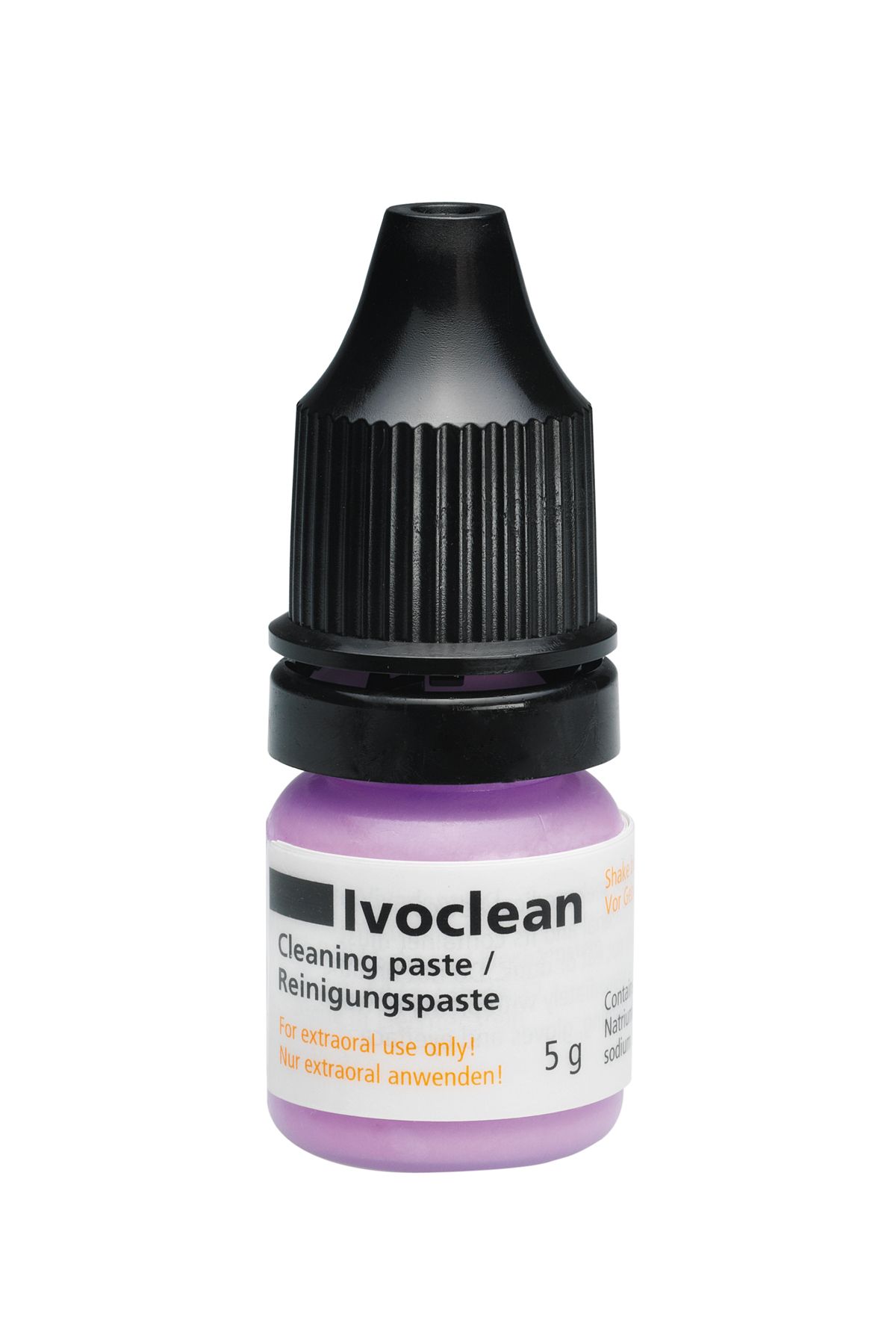How to properly clean restorations after try-in
Achieving properly clean bonding surfaces for prosthetic restorations after intraoral try-ins is an essential step in creating significant bond strength between tooth structure and restorations.
Achieving properly clean bonding surfaces for prosthetic restorations after intraoral try-ins is an essential step in creating significant bond strength between tooth structure and restorations.
Unfortunately, contamination of restoration surfaces during intraoral try-in because of saliva is unavoidable. Saliva consists of phosphate groups in the form of phospholipids, which actively bonds with the internal surface of restorations. This contamination can pose a problem when lab-fabricated restorations are adhesively cemented.
Various cleaning procedures like cleaning with water, Isopropanol, phosphoric acid or corundum blasted have been advised and tested, however none of the procedures are good enough to regain strong bonding between resin cements and ceramic restorations after try-in. Depending on the restorative material, phosphoric acid gel can be used for cleaning glass ceramic restorations.
However, metal alloys and zirconia restorations show strong affinity toward phosphate groups and results in surface deactivating effects by blocking the oxide surface of zirconia and metal restorations, which significantly decreases bond strength of resin cements.

Ivoclar Vivadent’s Ivoclean™ universal cleaning paste provides a solution.
The solution
Ivoclean effectively cleans the bonding surface of prosthetic restorations after intraoral try-in to help create optimum pre-requisites for the adhesive luting procedure. The cleaning paste provides for effectively cleaning saliva-contaminated bonding surfaces of restorations and its universal indication makes it possible for use in dental restorative materials including glass ceramics, zirconium oxide ceramics, aluminum oxide ceramics, precious metal alloys, base metal alloys and lab-fabricated composite restorations. Its easy application significantly speeds up the cementation and seating process, resulting in less chair time.
Ivoclean consists of an alkaline suspension of zirconium oxide particles. Because of the size and concentration of the particles in the medium, phosphate contaminants are much more likely to bond to them than to the surface of the ceramic restoration. Ivoclean absorbs the phosphate contaminants like a sponge and thus leaves behind a clean zirconium oxide surface. After rinsing the restoration with water, it should be conditioned with a primer such as Monobond Plus.
The process
- Following try-in of the lab-fabricated restoration, water spray is used to thoroughly rinse the restoration, which is then dried with oil-free air.
- Using a microbrush, a layer of Ivoclean is applied to the entire bonding surface of the restoration.
- The cleaning paste is allowed to react for 20 seconds to take affect.
- The restoration is then thoroughly rinsed using water spray.
- Oil-free air is used to dry the restoration.
- Monobond® Plus bonding agent is used to prime the bonding surface of the restoration.
Conclusion
Using Ivoclean universal cleaning paste on lab-fabricated restorations after try-in results in a stronger, longer-lasting bond. Patients, clinicians and lab technicians will be more satisfied with the results of their restorations.